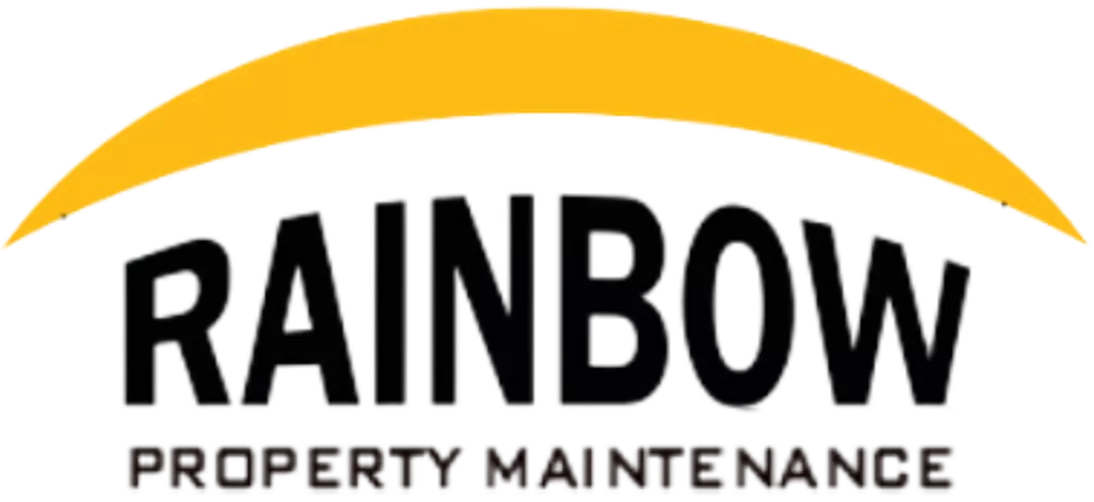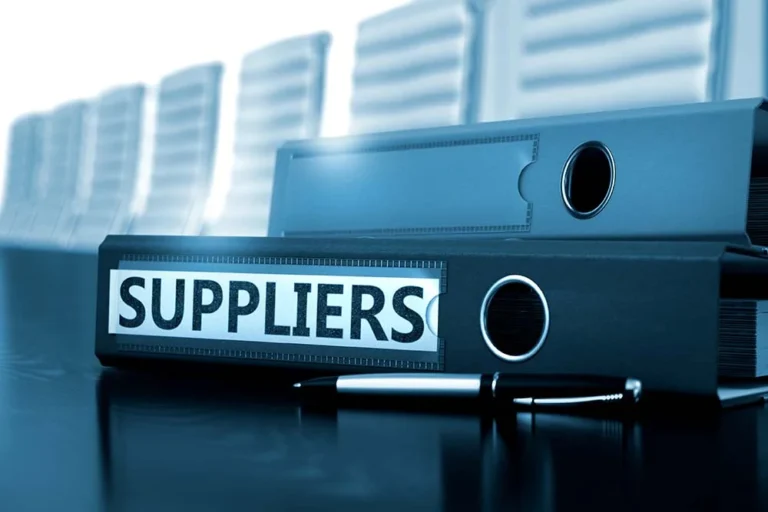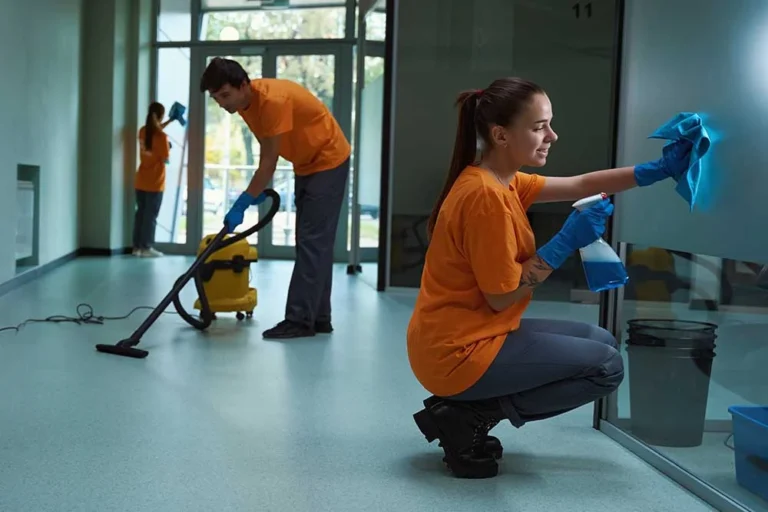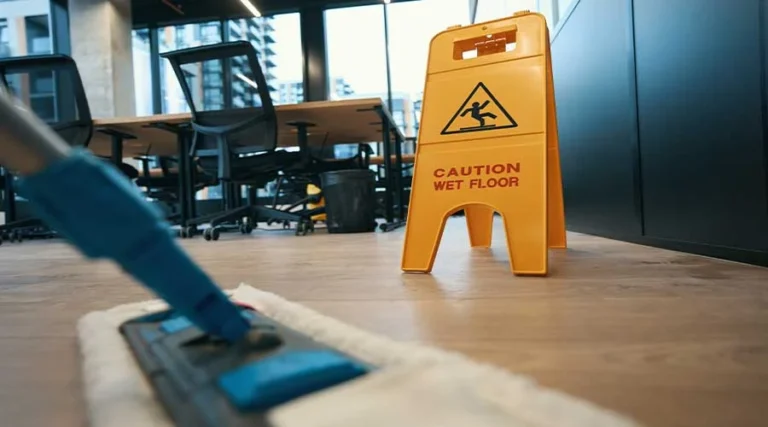Bridging Communication Gaps with External Service Providers
Facility managers rely on several outsourced service providers to help operate buildings smoothly. Janitorial, landscaping, maintenance, and security; third-party vendors supply crucial supplementary labor and expertise. But these relationships also introduce a major risk: communication breakdown.
When the facility manager and external provider don’t communicate clearly and consistently, gaps form. Misunderstandings arise. Errors go unnoticed and uncorrected. Potential problems get overlooked until they become major deficiencies. Ultimately, occupants suffer the consequences.
Facility managers can bridge these communication gaps by:
- Documenting instructions thoroughly
- Scheduling regular check-in meetings
- Establishing emergency protocols
But first, it’s important to understand common causes of miscommunication with vendors.
Causes of Miscommunication
Clear communication between vendors and facility managers is crucial for efficient facility operations. However, several common pitfalls can foster confusion and misalignment in this vital partnership. These pitfalls include assuming that both parties share implicit understanding, infrequent interactions that don’t properly address procedures, informal agreements that leave room for interpretation, unclear delineation of roles and responsibilities, and a lack of proper documentation.
These issues can significantly impact the quality of services delivered by vendors and negatively affect your business operations, leading to misunderstandings, delays, disputes, and a general lack of accountability. Structured communication becomes imperative to avoid these pitfalls and ensure effective collaboration between vendors and facility managers.
Here are six key pitfalls that foster an environment for confusion and misalignment:
Assuming implicit understanding – Facility managers may expect that service providers inherently understand requirements, without explicit explanations. Vendors want to please clients, so they may not ask clarifying questions if unsure.
Infrequent interactions – With only periodic interactions, there’s limited ability to verify understanding, get updates, and realign. Gaps can grow.
Informal agreements – Verbal discussions allow too much room for interpretation. Undocumented expectations become “he said, she said.”
Unclear roles and responsibilities – Unclear division of work scope, decision authority and protocols breeds confusion over who handles what.
Language or cultural barriers – When vendors have non-native staff, language differences can impede mutual understanding if not addressed proactively.
Lack of documentation – Without maintaining written records of agreements, instructions, work performed, etc. details get forgotten.
These pitfalls emphasize the need for purposeful, structured communication to avoid misalignment.
Strategy 1: Clearly Document Expectations and Instructions
Effective vendor communication strategies should involve comprehensive documentation, including specifications, instructions, schedules, protocols, and agreements. Documentation should include contact information of the vendor, status update frequency on projects or tasks, site access instructions for third-party personnel, and insurance requirements, ensuring consistent expectations and specifications for all parties involved.
For cleaning services, provide the vendor with:
- Cleaning schedule by area, task frequencies
- Instructions for operating equipment safely
- List of approved cleaning products
- Special cleaning protocols for events or common issues
- Occupancy schedules so cleaners can access all areas
For landscaping services, supply:
- Schedule for mowing, trimming, fertilizer/chemical applications
- Watering and irrigation operating instructions
- Plan for planting replacements or flower rotation
- Protocols for handling snow removal, storm debris cleanup
- Instructions for safe chemical storage
With maintenance vendors, share:
- Preventative maintenance schedules and checklists
- Warranty information for new equipment
- Instructions for operating building systems like HVAC
- Protocols for emergency repair requests
- Occupant communication guidelines during repairs
For all services, provide:
- Contact information for the facility manager and designated vendor liaison
- Required status update frequency and preferred methods (email, phone, in-person)
- Instructions for site access including hours, check-in procedures, parking
- Insurance and liability requirements
Documenting this information ensures everyone has access to the same expectations and specifications.
Strategy 2: Maintain Ongoing Dialogue
Meetings allow both parties to get updates, raise concerns early, verify understanding, and keep efforts aligned. Maintain detailed meeting notes and share recaps with all involved personnel.
Send daily or weekly email updates to reinforce key information. For example, notify landscapers of any lawn chemicals recently applied that could affect their work. Remind cleaning staff of special event preparations needed. Confirm scheduled maintenance with technicians.
Besides detailed documentation, regular two-way dialogue is equally essential for keeping communications tight. Set up recurring meetings with vendor contacts to discuss:
- Recently completed tasks and pending projects
- Any obstacles encountered and how to resolve
- Upcoming facility events that may impact work
- Tenant complaints or feedback to address
- Ideas for improving service delivery
Encourage vendor teams to ask clarifying questions if instructions or scopes seem unclear. Proactively seek feedback on improving communications. Filling information gaps in real time prevents misunderstandings.
Strategy 3: Define Emergency Protocols
In preparation for emergencies, it is crucial to establish clear protocols for various critical scenarios. These protocols should be defined for situations such as medical emergencies, fire emergencies, severe weather incidents, security threats, hazardous spills, and equipment or utility failures.
Regularly practicing emergency drills in collaboration with contractors can help ensure that everyone involved is well-prepared to handle these high-stress situations effectively, minimizing risks and ensuring the safety and security of all individuals on-site. Define straightforward protocols for critical scenarios like:
Medical emergency: Provide vendors a one-page overview of steps like contacting EMTs, isolating the area, directing emergency vehicles, assisting injured parties, and notifying facility management. Review periodically.
Fire emergency: Inform vendors of the evacuation plan – stairwell locations, exits, and where to assemble outside. Ensure they know proper protocols if discovering a fire themselves.
Severe weather: Specify where vendors should take shelter onsite and when to vacate the facility in cases of tornadoes, hurricanes, or floods.
Security threats: Instruct vendors on how to respond to suspicious persons, active shooter situations, criminal activities, etc. based on the facility’s policies.
Hazardous spills: Provide clear directions on necessary response steps if vendors cause or encounter chemical spills, gas leaks, or other hazards. Outline required notifications and containment procedures.
Equipment/utility failures: Specify who vendors should alert about sudden outages, leaks, or IT/equipment malfunctions that require emergency repairs.
Print these protocols on pocket cards that contractors can reference quickly when seconds matter. Periodically practice emergency drills together.
Addressing Communication Gaps
Despite best efforts, communication gaps still occur at times. To address communication gaps effectively, several tactics can be employed. Start by seeking feedback from relevant parties to identify potential issues with third-party vendors. Consider conducting audits of documentation to ensure accuracy and completeness.
Perform random spot inspections to verify that work aligns with expectations. Observe ongoing work to catch any overlooked tasks, and review these discrepancies in meetings to discuss and resolve issues. Send confirmation notes to reinforce agreements and understanding. These proactive measures help maintain positive alignment and resolve communication gaps promptly.
Seek feedback – Check in with tenants about any concerns with vendor services and communicate these to resolve promptly.
Audit documentation – Review logs, work orders, and inventory records for completeness and clarity.
Conduct spot inspections – Occasional unannounced inspections tend to reveal more gaps versus scheduled visits.
Observe work – Periodically observe work in progress to look for deviations from expectations.
Review meetings – Evaluate whether discussions are effective or need more structure to stay on track.
Send confirmation notes – After meetings or discussions, send confirmation emails to verify understanding.
Addressing gaps quickly maintains positive momentum in alignment.
Warning Signs of Communication Breakdown
Continued difficulties in maintaining effective communication may be indicative of a more profound underlying issue within the system. Watch for warning signs of unreliable vendors and contractors such as recurring tenant complaints, the need for extensive redoing of work due to errors, instances of improper scheduling, a lack of proper documentation for completed tasks, an increase in workplace accidents, and instances of non-compliance with emergency protocols.
If these challenges persist despite all reasonable efforts, consider implementing broader measures such as retraining personnel, replacing problematic contractors, or exploring alternative service providers as a means to address the core communication problems.
Monitor for these potential red flags:
- Repeated tenant complaints about the same issues
- Errors requiring significant rework
- Missed deadlines, incorrect work scheduling
- Lack of documentation for completed work
- Increased workplace accidents and injuries
- Failure to follow protocols for emergencies or reporting
If communications have broken down despite best efforts, it may require broader action like retraining personnel, replacing a difficult contractor liaison, or switching providers entirely.
Key Takeaways
Prioritizing these communication strategies allows facility managers and vendors to enhance service quality and ensures consistency when working partnerships have to adapt to evolving needs and challenges. This commitment to clear communication forms the cornerstone of a successful and mutually beneficial collaboration. Communications are the foundation of the facility manager/vendor relationship. Invest time in three key areas:
Document – Provide detailed specifications, instructions, and agreements in writing
Dialogue – Maintain regular check-ins to inform, educate, and resolve issues
Drills – Practice emergency protocols until they’re second nature
Tight communications reduce misunderstandings and misalignment – ensuring service excellence that impresses tenants. With a spirit of clarity, collaboration, and patience, facility managers and vendors can build shared understanding and bridge gaps.








